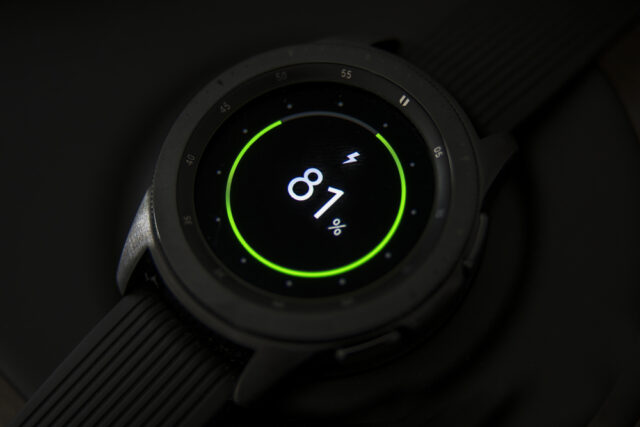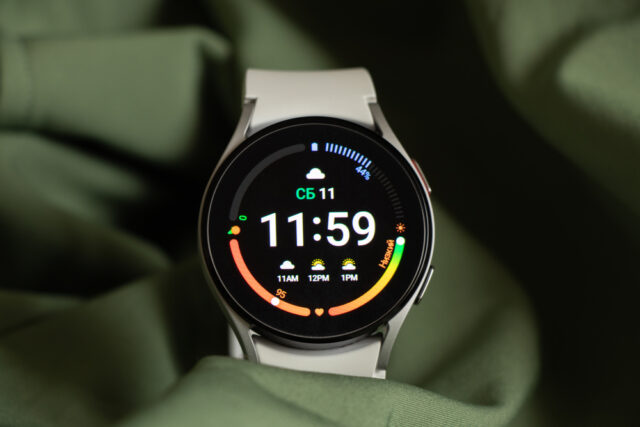Smartwatches have revolutionized how we engage with technology, bringing the power of a smartphone right onto our wrists. But all this convenience and functionality hinges on one crucial component – the battery. Let’s explore the endurance of the Samsung Galaxy Watch battery life, a key factor in its success.

Samsung Galaxy Watch Battery Specifications
At the heart of the Samsung Galaxy Watch is a powerful battery designed to match the device’s rich feature set. Depending on the model, the watch comes with either a 247mAh or a 472mAh battery. But what does this mean in real-world usage?
Samsung estimates that the battery life ranges from 24 to 96 hours, depending on various factors like settings, app usage, and connectivity. This means it can power through your day, and in some cases, even multiple days without needing a recharge.

Factors Influencing Battery Life
The battery life of the Samsung Galaxy Watch can be influenced by several elements. First, screen brightness and display settings can significantly impact battery longevity. For instance, using the ‘always-on’ display feature can consume more power.
App usage also plays a part. Busy apps running in the background, receiving frequent notifications, or using certain features like GPS or the heart rate monitor can all reduce battery life.
Lastly, connectivity features such as Bluetooth, Wi-Fi, or cellular data, when left on, can drain the battery faster due to continuous data exchange.
Tips and Tricks to Extend Battery Life
Extending your Samsung Galaxy Watch’s battery life is all about effective management. Using power-saving modes can help by limiting the watch’s functionality to conserve energy.
Reducing screen brightness, turning off the ‘always-on’ display feature, and lowering the screen timeout setting can also help. Additionally, managing your apps to limit notifications and prevent unnecessary background refresh can further save battery life.
How to Properly Charge Your Samsung Galaxy Watch
Charging your Samsung Galaxy Watch is straightforward. It comes with a wireless charger, and it’s recommended to use this for the best results. When charging, ensure that both the watch and the charger are clean and dry for optimal connectivity.
While charging issues are rare, if encountered, you can usually resolve them by resetting the watch or trying a different power source.
Conclusion
The Samsung Galaxy Watch offers a robust battery life, ensuring you can utilize its diverse features throughout the day. Understanding what affects battery performance and how to manage it effectively can help you get the most out of this high-tech wrist companion. So, gear up, power on, and let your Samsung Galaxy Watch lead the way!